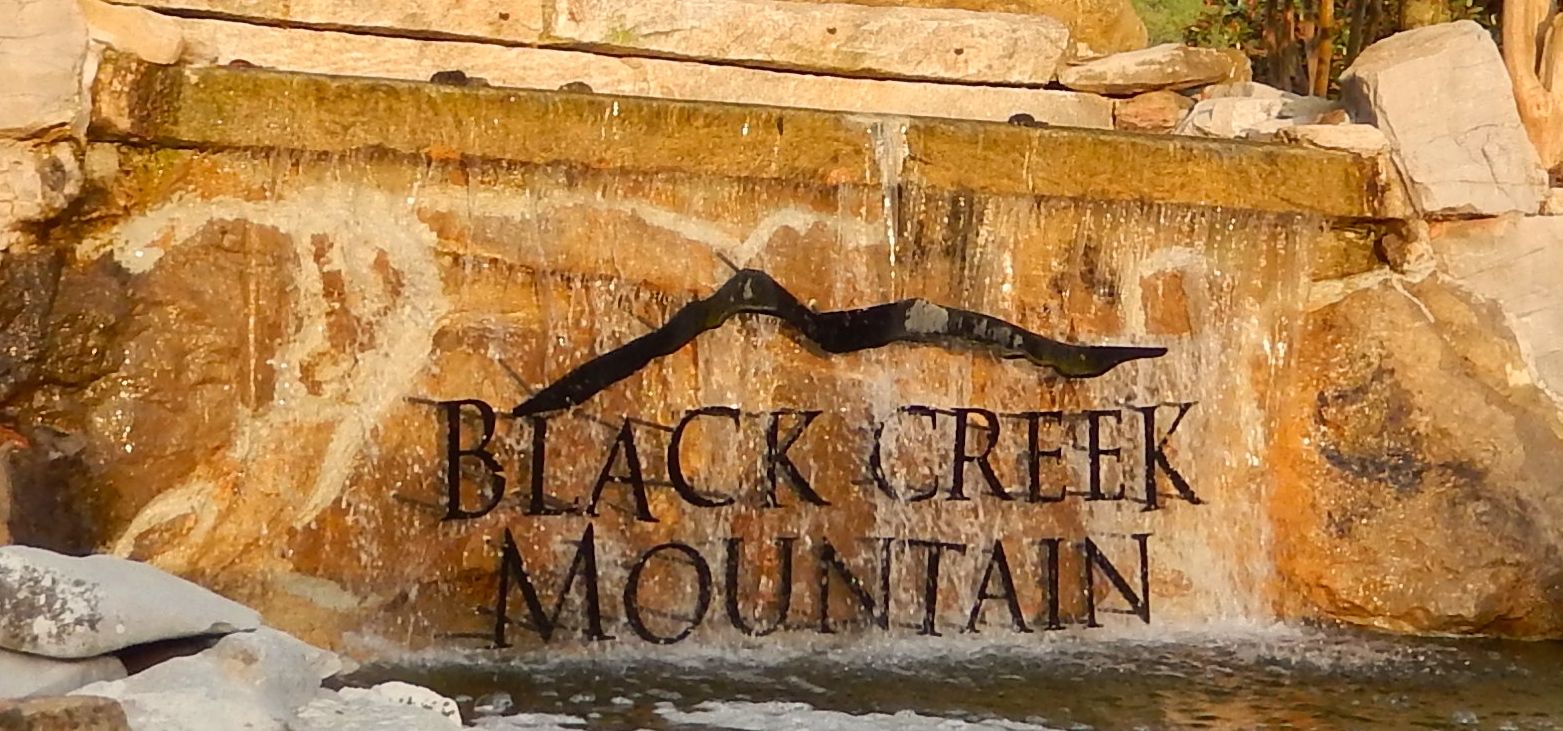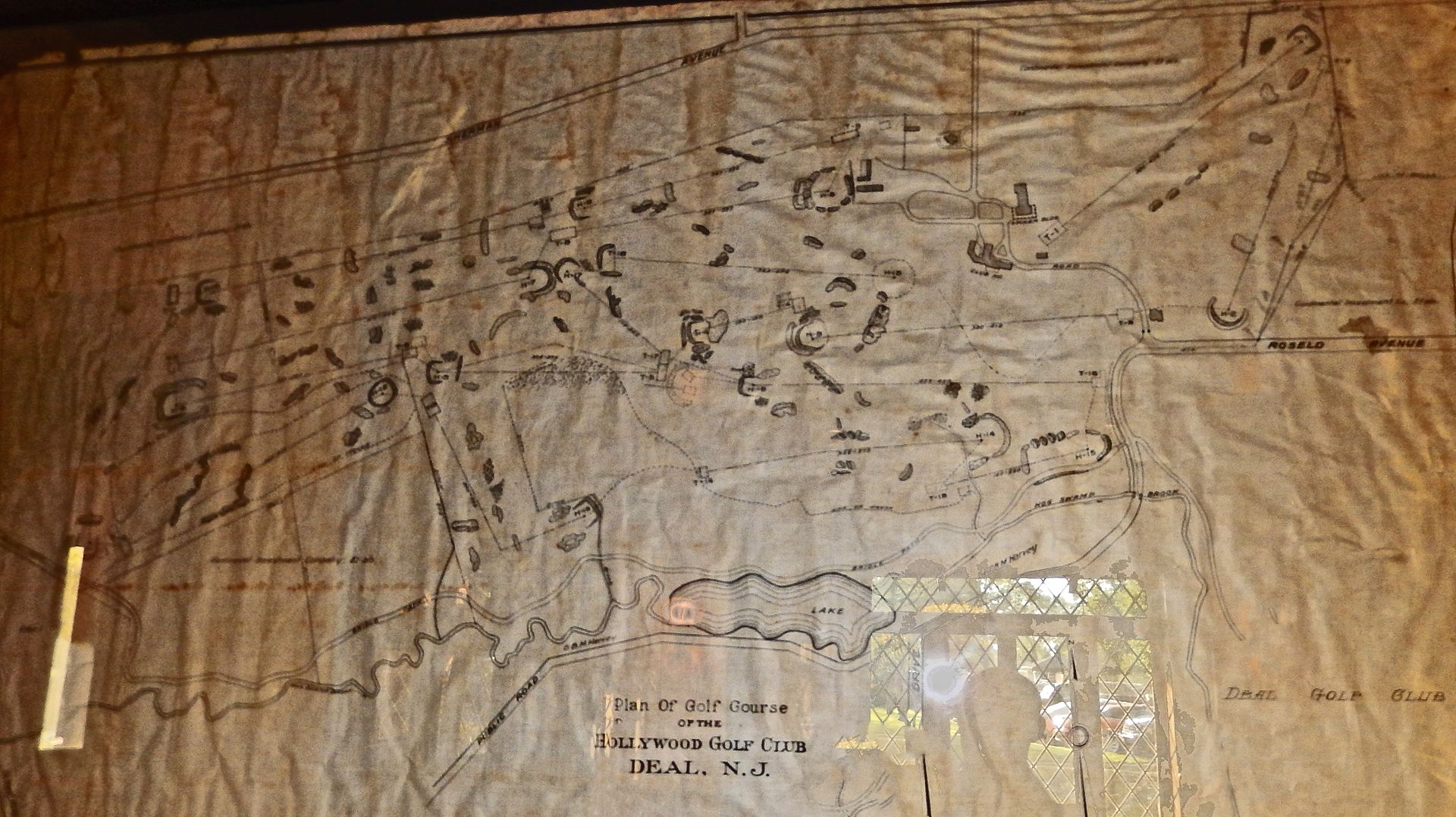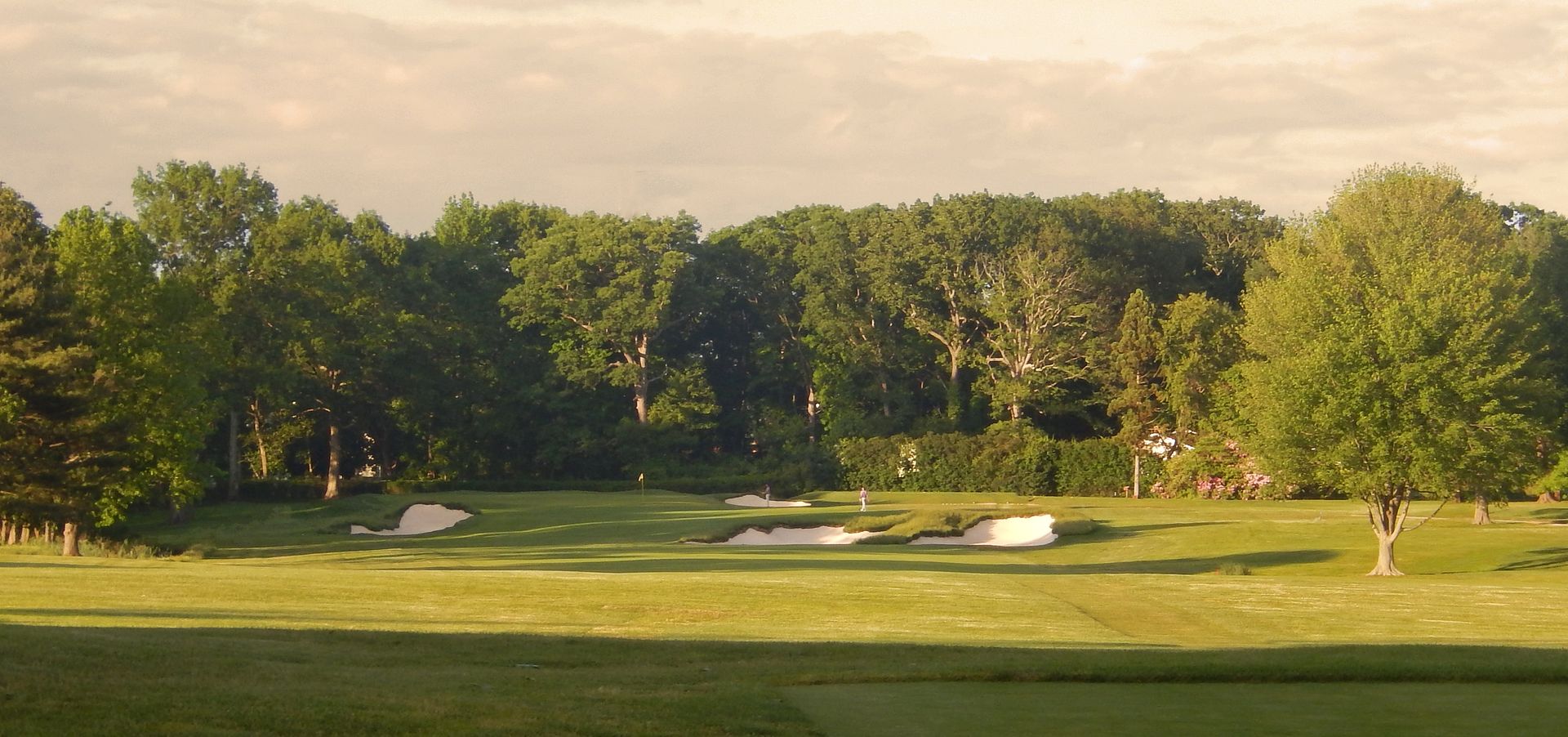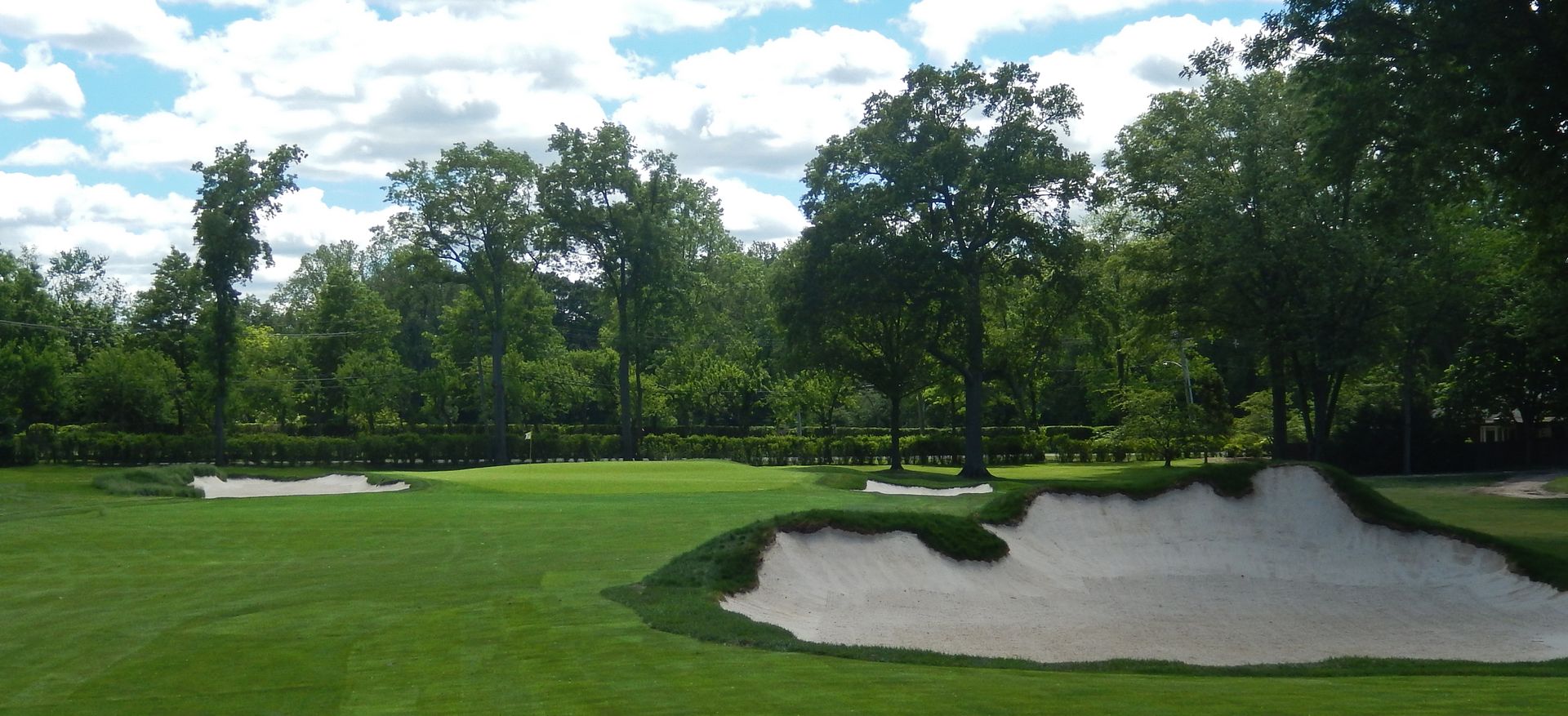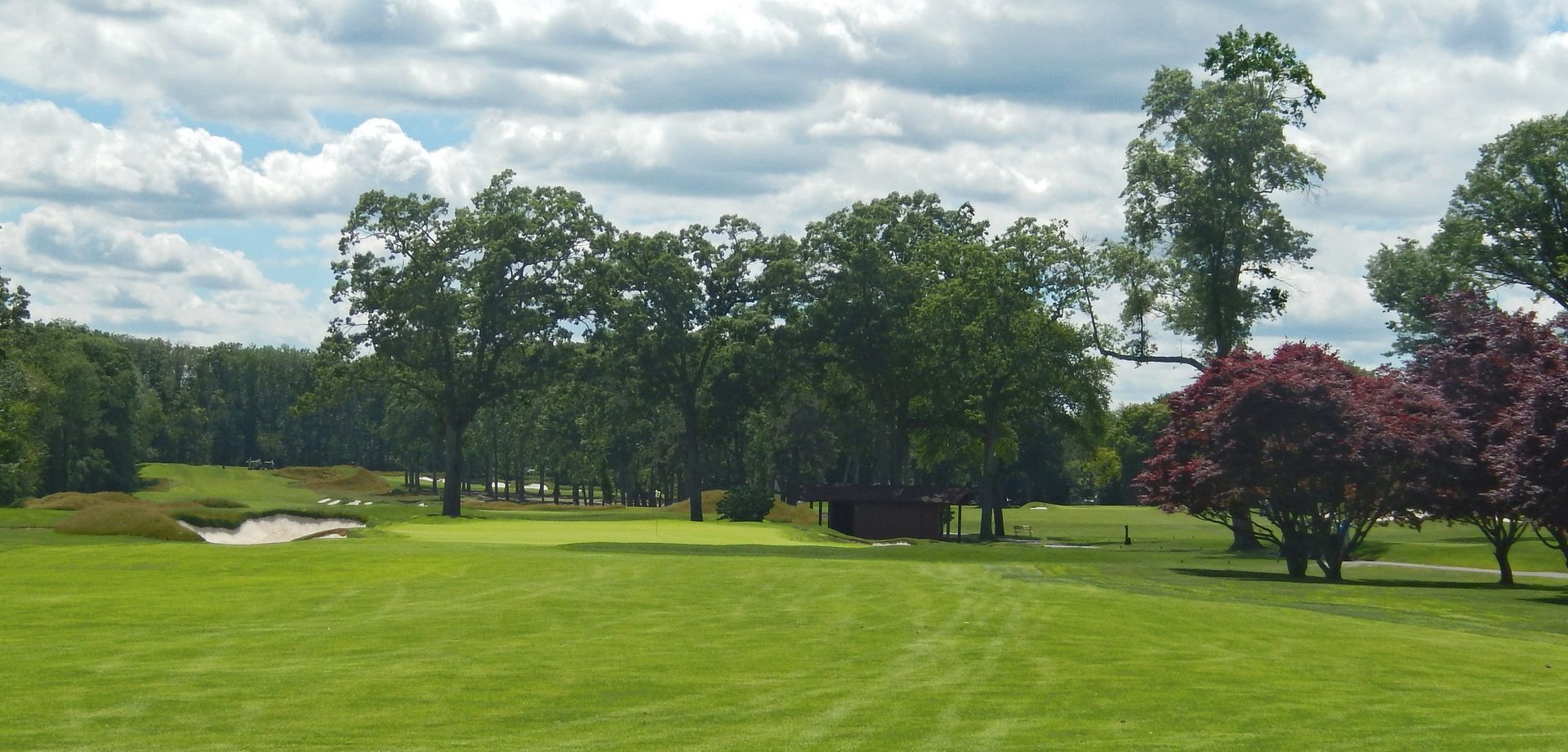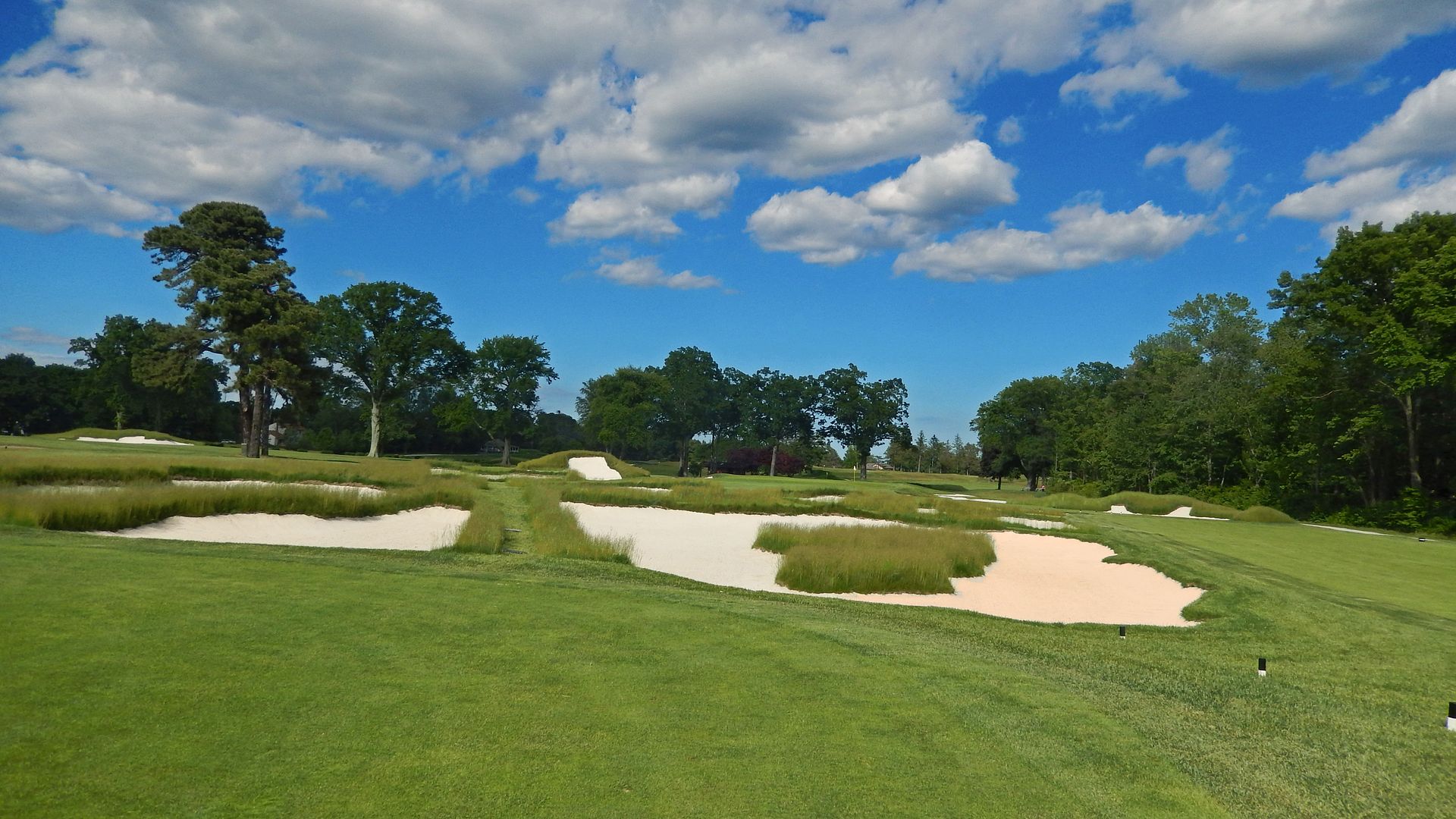Chattanooga, Tennessee, United States
Architect: Brian Silva
7,204 Yards, Par-72
Rating/Slope: 74.3/137
My Quick Review: Chattanooga's Best!
I have to admit that when I decided to take a short trip through Alabama and Tennessee, Black Creek Club just outside of Chattanooga was not at the top of my priority list of courses to see. I knew I wanted to see Shoal Creek, I knew I had to get to the roller coaster that is Lookout Mountain and even moreso hoped to visit Holston Hills with a fellow GCAer, but after that I was somewhat indifferent between the likes of Country Club of Birmingham, Chattanooga G&CC and Black Creek Club. Truthfully, I arranged my games at the other two first given my general bias for classic over modern, but with respect to the bigger names in Chattanooga and Birmingham (The Honors included), Black Creek is the best course in either city. From start to finish the golfer is confronted with cleverly placed and very deep fairway bunkers that mean most every tee shot requires consideration and reward is given to the golfer willing to challenge a hazard. Even on holes where the land offers little, like the first or fourth, the golfer is always forced to consider his route to the hole. Rarely is the golfer forced to take on the trouble, but he is always better off having done so.
I haven't mentioned it yet, and I'm sure most already know, but this Brian Silva creation is designed as a modern-day interpretation of the MacDonald/Raynor/Banks template golf course. Inevitably the comparison is going to be made between Silva's work and the template courses across the United States and while Black Creek may not fair well against the likes of The National or Fishers Island, it would fit well into the venerable trio's portfolio.
Critics will undoubtedly point to the fact that Black Creek is a residential development and, at times, the corridors feel constrained by homes on both sides. They'll further argue that the routing, with the occasional long transition and road crossing, holds the course back as it loses the sense of intimacy so often found on great golf courses. I find it hard to argue either point but, for mine, these negatives are more than outweighed by the consistent quality of the holes -- I'll take a little burning in my legs for the excitement of playing Black Creek!
Holes to Note
Hole 1: Par 4, 421 Yards - Double Plateau
An excellent introduction to the golf course as deep, staggered fairway bunkers jut well into the fairway giving the golfer a second thought before immediately reaching for his driver. The angle of approach and scoring average will vary depending on the pin's location on this faithfully built Double Plateau green.

Hole 2: Par 4, 445 Yards - Obar Spring
Despite the hole's name, those familiar with template holes will immediately recognize the second at Black Creek as the Road template. A fair amount of width is given from the tee but the challenge of finding the narrow and angled green over the Road bunker is tremendous.

Hole 3: Par 3, 165 Yards - Short
The downhill par-3 3rd is what I would call a watered-down version of the Short. Yes, the hole is surrounded by bunkers and it has the trademark 'thumbprint' green, but neither is sufficiently severe to give the sense of fear required for missing in the wrong place.

Hole 4: Par 5, 586 Yards - Lookout
Some par-5s, like the 11th at The Honors, are made great by their green complexes. Such is the case with the 4th at Black Creek, whose tee shot is generally uninteresting but the decision of where to lay-up on the second and the resulting approach to the green make the hole. Does the golfer play his second using a long club to a narrow portion of the fairway, or does he take the shorter route to the hole leaving a frightening angle of approach over a deep, 10,000 sq ft surface area bunker.

Hole 6: Par 5, 559 Yards - Punchbowl
After the fantastic Maiden green at the 5th, the golfer is both confused and awestruck by the site of a 30 foot high mound crossing the width of the fairway. While the hole can't compete with the views of the Alps/Punchbowl 4th hole at Fishers Island, it is equally thrilling having your approach shot clear the mound and scampering to the other side to see where it finished on the almost 14,000 square foot punchbowl green.

Hole 7: Par 3, 239 Yards - Reverse Redan
One of two Redan holes at Black Creek, the 7th reverses the template, calling for a fade that lands short and left of the green. The template functions remarkably well, in part because most golfers will be playing a wood from the tee and helped by the sharp kicker short left and the steep tilt of the green away from the tee.

Hole 10: Par 4, 360 Yards - Double Cross
The tenth tee is crossed on the walk to the first tee, and the anticipation of playing the hole will stay with the golfer through the front nine. The tenth is an exceptional half-par hole where a short yardage and well-used angles mean the way the golfer chooses to play the hole will vary from day-to-day based on situation and feel. In all cases the golfer is best served challenging the fairway bunker to the right, but a push or slight mis-hit will quickly turn a birdie hole into a struggle for bogey, but it is the greenside bunker, the deepest on the course, that drives the hole's strategy. Short-left of the green, a 30 ft deep bunker waits to punish a pulled driver or chunked wedge, and the recovery to a shallow green borders on impossible.

Hole 11: Par 3, 195 Yards - Redan
A rare downhill version of the Redan, the severity of the kicker allows the hole to function reasonably well. Nevertheless, the sharp drop-off beyond the kicker, combined with the relative ease of sticking an approach on the green, mean that most will choose to take the aerial option.

Hole 13: Par 4, 485 Yards - Long
At the 12th we leave the homes behind, and by the 13th we head into nature with a difficult, tree-lined par-4 whose green sits nicely against a stream that runs along the hole's left side. A single well-placed fairway bunker protects the hole's ideal line. After a tee shot set up to favour a fade, the second half of the hole bends left, asking for a drawed, running approach.
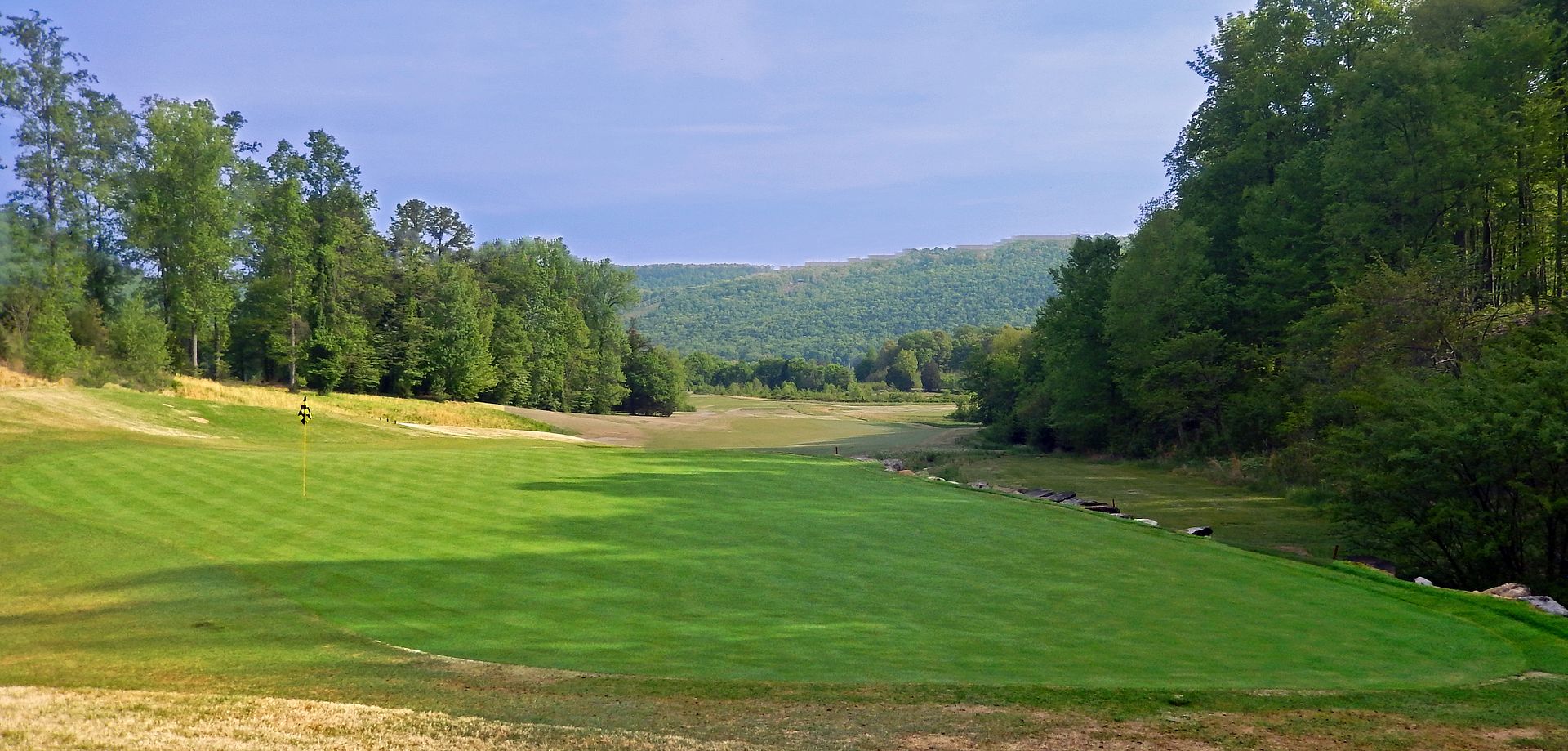
Hole 16: Par 4, 446 Yards - Spine
At the 16th we once again find hole-ruining bunkers that intrude on the line of play. Thought must be given as to the best route to avoid trouble, all the while remembering that a spine runs down the green's centre and approaching from the wrong angle for the day's pin can easily add a stroke to one's score.

Hole 17: Par 3, 243 Yards - Biarritz
"As fun to play as any hole built in the past fifty years." I think this quote from Ran Morrissett's review of Black Creek Club says it all. The Biarritz is exceptional, from the deep trough in the green's centre to the truly fear-invoking bunkers lining the left and right edges of the green, to the yardage that allows the Biarritz green to function as intended - the Biarritz at Black Creek may be the best hole of its kind. Anywhere.

